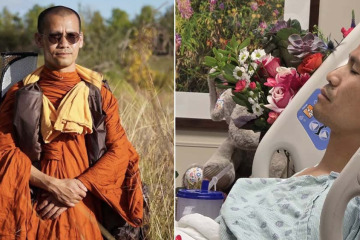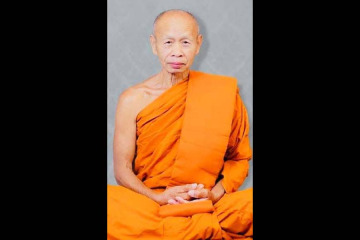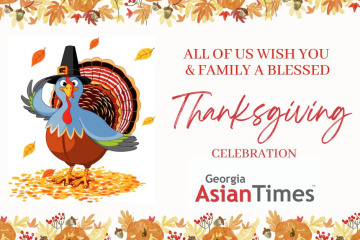By Andrian Putra
Atlanta, April 10, 2025 — The High Museum of Art is about to unveil something rare: an American debut that feels less like an introduction than a long-overdue homecoming. “Kim Chong Hak, Painter of Seoraksan” (April 11–Nov. 2, 2025) brings more than 70 works by the South Korean master—many newly acquired by the High—into a spotlight they’ve unjustly been denied outside his homeland. For decades, Kim (born 1937) has been a quiet titan in Korea, his canvases pulsing with the primal energy of Seoraksan, the jagged crown of the Taebaek range. Now, U.S. audiences will finally witness the tempest and tenderness of his brush.
This isn’t just a retrospective; it’s a seismic correction. Kim’s oeuvre defies the tidy narratives of 20th-century Korean art, bridging the meditative rigor of tradition and the raw urgency of modern expressionism. Director Rand Suffolk puts it plainly: “He’s beloved in Korea, but here? A revelation waiting to happen.”
From Abstraction to Alchemy
Kim’s journey reads like a parable of artistic rebellion. Born in what is now North Korea, he began as an abstract painter in the 1960s—only to reject Western-style modernism as a symptom of national trauma. By the late ’70s, he’d retreated to Gangwon Province, where Seoraksan’s granite peaks and whispering forests became his muse. Here, he shed the monochromatic minimalism then dominating Korean art, opting instead for a style that thrums with visceral vitality. His mountains aren’t just seen; they’re felt—through slashes of ink, feverish color, and a tactile reverence for texture.
A Dialogue With the Divine
What emerges across five decades of work is a spiritual cartography. Kim’s Seoraksan is no static monument but a living entity, its slopes shifting with the seasons—blazing autumn crimsons, winter’s skeletal quiet, the first green gasp of spring. Michael Rooks, the High’s modern and contemporary art curator, notes how Kim’s art metabolizes history: colonization, war, and upheaval linger in the shadows of his peaks, yet there’s redemption in every brushstroke. “His work is anything but detached,” Rooks observes. “It’s a reckoning—with land, memory, and the act of creation itself.”
The Folk Soul Beneath the Paint
The exhibition’s true coup lies in its intimate asides. Alongside paintings, Kim’s personal trove of Korean folkcraft—vibrant embroidery, whimsical carved geese—hints at the vernacular heartbeat beneath his high-art gravitas. Sketches on hanji (mulberry paper) reveal a mind in constant motion, while a biographical film by Giraffe Pictures’ Jung Dawoon and Kim Jongshin stitches together the man and the myth.
Why Now?
In an era of digital detachment, Kim’s art feels like a rallying cry for rootedness. His Seoraksan isn’t just a place; it’s a testament to the power of staying put, of listening to the same wind until it sings back. After Atlanta, the show heads to Phoenix (Sept. 9, 2026–Feb. 21, 2027), but its resonance will linger. This isn’t just a mountain on canvas—it’s a mirror, asking what we’ve missed in our rush toward the global and the new.
The verdict? Unmissable. Kim Chong Hak doesn’t paint landscapes; he channels them. And America is finally ready to listen.
Kim Chong Hak: Painter of Seoraksan” runs April 11–Nov. 2, 2025, at the High Museum of Art, Atlanta. Anne Cox Chambers Wing, Second and Skyway Levels. Info: high.org










